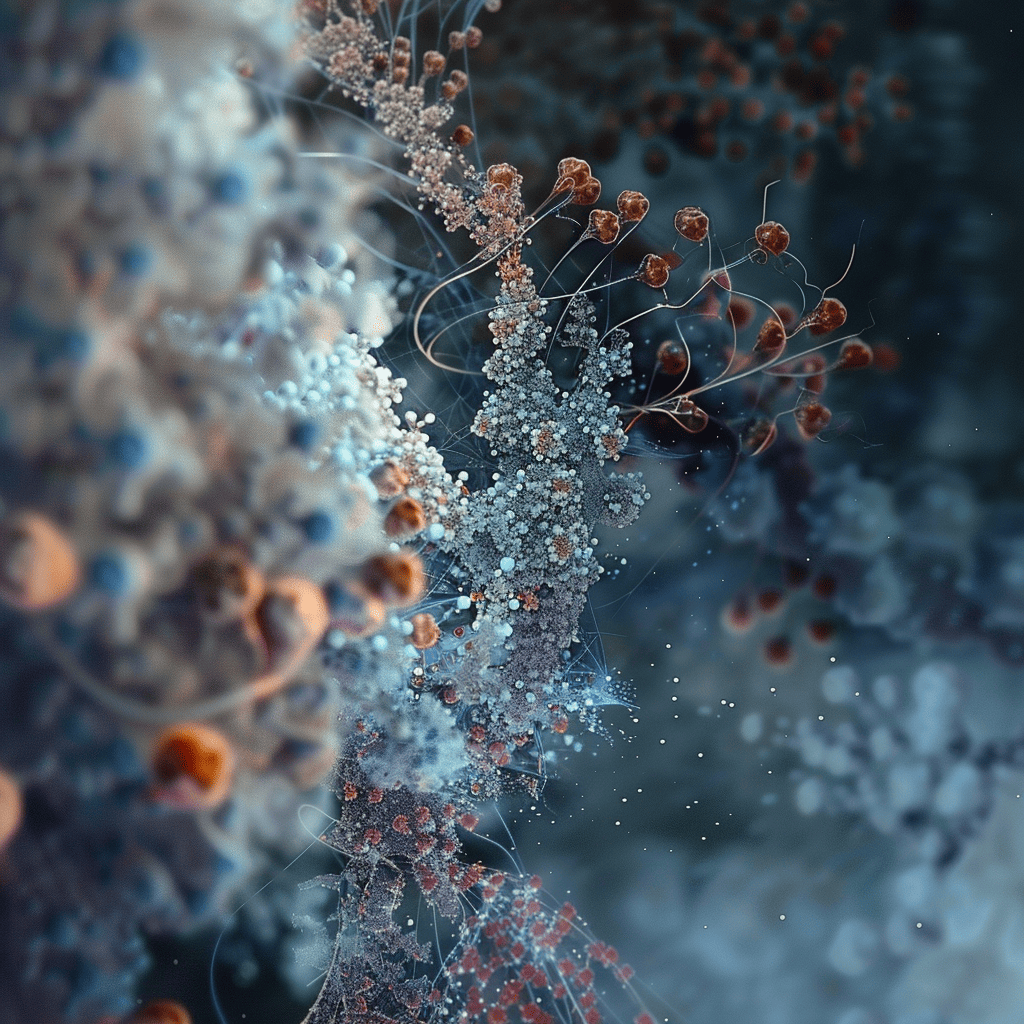In this third instalment in a five-part series on “Middle Land: worlds beyond our senses,” our attention shifts.
Beyond the dazzling worlds of physics and astronomy lay the equally intriguing and far more complex worlds of molecular biology, genetics, evolution and life itself, of which we are but one of many millions of editions.
We don’t know how life began, but we can imagine based on what we know of the earliest cells or the chemical smudges they left behind and examining the simplest cells today.
Life on Earth may have begun roughly 3.8 billion years ago, hatched perhaps in deep-sea vents by mineral-rich waters percolating through myriads of crevices in the nearby rock.
In the process, this may have created proton pumps to provide the necessary energy to make organic compounds such as early forms of self-replicating single-stranded molecules (RNA), amino acids and sugars.
In the process, metals such as iron and nickel embedded in rock formations may have catalyzed many of the earliest biochemical reactions.
Later, those prototype rock-bound cells acquired membranes and thus the wherewithal to maintain a stable environment within those membrane walls.
Once early membrane-bound cells formed, those cells were free to move beyond their rocky hatching grounds and evolve into what probably looked like simple single cells such as archaea and bacteria — but don’t be fooled.
Examples of single cells in each of the two major ancestral families for all life — archaea and bacteria — may look simple under the microscope, but they are not.
Both families are highly evolved and despite looking similar to one another, their genomes differ widely.
It took those two cell families, working together, to launch complex single cells (eukaryotes) more than a billion and a half years ago.
Later, assemblies of eukaryotes led to the first multicellular organisms 800 million years ago, and in the last hundred or so million years, eventually led to highly intelligent and social animals.
The whole story tracing the emergence of life and subsequent evolution into what became an extraordinary explosion in the diversity and complexity of life so evident to our eyes, together with genetic evidence pointing to the deep relatedness of all life, is incredible — and a tale scarcely imaginable less than two centuries ago.
Stars and life have much in common. Both depend on periodic destruction and creation as major sources for their evolution.
In the case of stars, the high temperatures and pressures created by gravitational compression fuse simple atomic nuclei, such as hydrogen and helium, into heavier elements while releasing enormous amounts of energy. This process is called fusion.
However, beyond forming iron, the creation of heavier elements requires the higher temperatures and pressures generated when the cores of dying stars collapse.
The outer shells of the stars crash inward into the dense core before being blasted backward and outward, carrying and scattering all the elements created during the star’s life out into space, where some of those elements become incorporated in newly forming stars.
That’s the cycle of creation, interims, endings and recreation for most middling and larger stars.
In the case of life, evolution is not the steady incremental process Charles Darwin imagined but a series of explosive evolutionary advances in the wake of periodic extinctions.
The latter situation opens up huge niches in the environment, into which survivors of the extinction event expand, taking advantage of every new nook and cranny offered by the disappearance of their former occupants.
This is just as the disappearance of the dinosaurs opened the door for many mammals including primates, 65 million years ago.
Next: Tackling the question of our fate as a species.
Dr. William Brown is a professor of neurology at McMaster University and co-founder of the Infohealth series at the Niagara-on-the-Lake Public Library.










